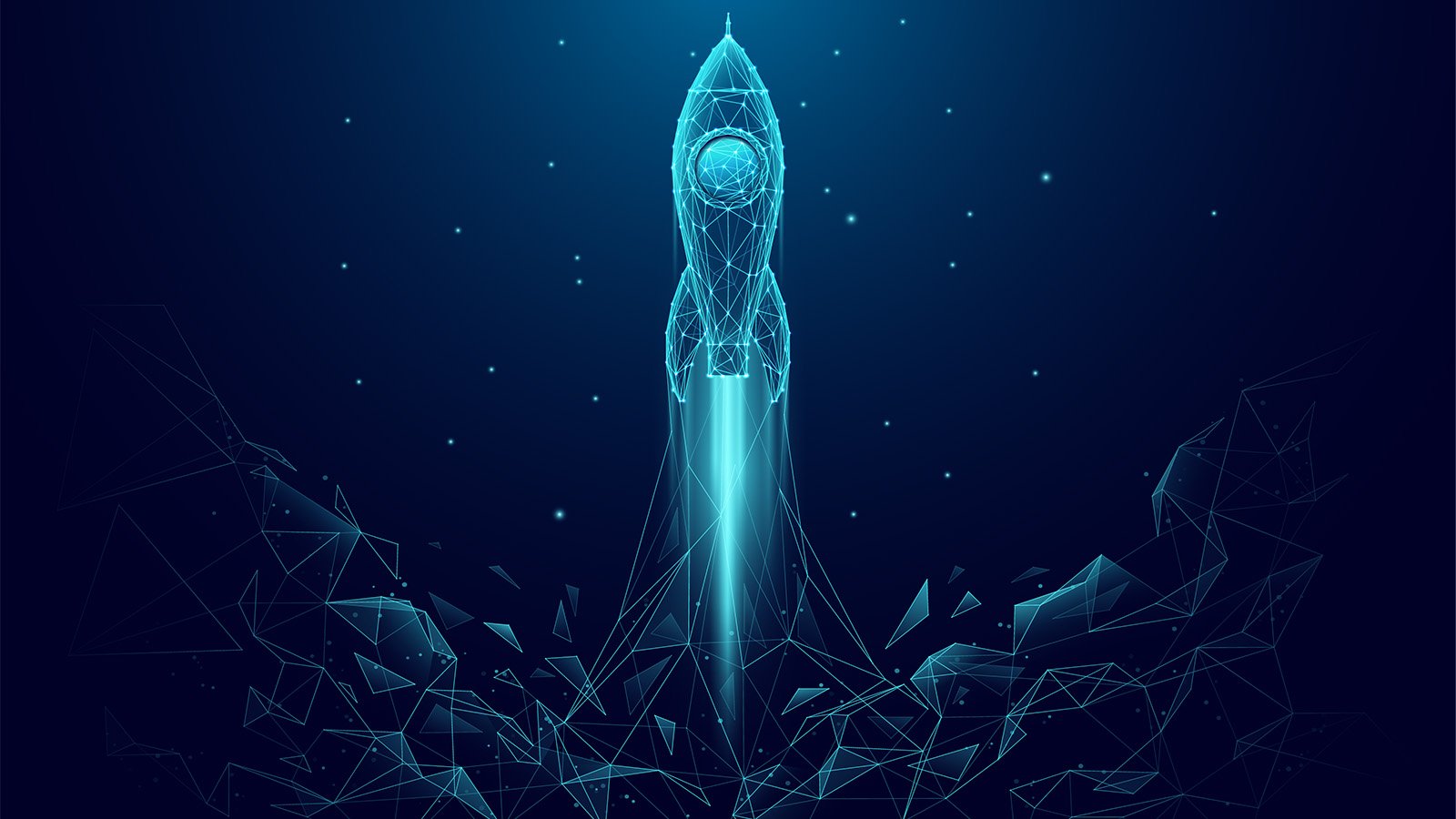Day Two Cloud 215: Highlights From The Edge
Today's Day Two Cloud covers highlights from a recent Edge Field Day event. Ned Bellavance was a delegate at the event and will share perceptions and insights based on presentations from the event. Topics include a working definition of edge, the constraints of hosting infrastructure in edge locations (power, space, network connectivity and others), and operational models for running software and services in these environments.
The post Day Two Cloud 215: Highlights From The Edge appeared first on Packet Pushers.
Day Two Cloud 215: Highlights From The Edge
Today's Day Two Cloud covers highlights from a recent Edge Field Day event. Ned Bellavance was a delegate at the event and will share perceptions and insights based on presentations from the event. Topics include a working definition of edge, the constraints of hosting infrastructure in edge locations (power, space, network connectivity and others), and operational models for running software and services in these environments.The Era of Ultra-Low Latency 25G Ethernet
Back in the early 2000s, store and forward networking was used by both market data providers, exchanges and customers executing electronic trading applications where the lowest latency execution can make the difference in a strategy from a profit to a loss. Moving closer to the exchange to reduce link latency, eliminating any unnecessary network hops, placing all feed handler and trading execution servers on the same switch to minimize transit time, and leveraging high-performance 10Gb NICs with embedded FPGAs all contributed to the ongoing effort to squeeze out every last microsecond to execute trades and gain a performance edge.
HS057 Technical Debt
In this podcast episode, Johna and I discuss the concept of technical debt. We provide different definitions of technical debt, with me focusing on the inability to switch solutions easily and Johna emphasizing the trade-off between immediate speed and long-term efficiency. We give examples of technical debt, such as outdated systems and insecure infrastructure, and […]
The post HS057 Technical Debt appeared first on Packet Pushers.
HS057: Technical Debt
In this podcast episode, Johna and I discuss the concept of technical debt. We provide different definitions of technical debt, with me focusing on the inability to switch solutions easily and Johna emphasizing the trade-off between immediate speed and long-term efficiency. We give examples of technical debt, such as outdated systems and insecure infrastructure, and... Read more »netlab 1.6.3: BGP Nerd Knobs
netlab release 1.6.3 added numerous BGP nerd knobs:
- You can create EBGP multihop sessions in the global routing table when using Arista EOS, Cisco IOSv, Cisco IOS-XE, FRR and Cumulus Linux 4.x.
- ebgp.utils plugin supports TCP-AO, configurable BGP timers, and Generic TTL Security Mechanism (TTL session protection)
- BGP neighbor reports hide irrelevant columns.
We also:
netlab 1.6.3: BGP Nerd Knobs
netlab release 1.6.3 added numerous BGP nerd knobs:
- You can create EBGP multihop sessions in the global routing table when using Arista EOS, Cisco IOSv, Cisco IOS-XE, FRR and Cumulus Linux 4.x.
- ebgp.utils plugin supports TCP-AO, configurable BGP timers, and Generic TTL Security Mechanism (TTL session protection)
- BGP neighbor reports hide irrelevant columns.
We also:
AI in Data Centers: Increasing Power Efficiency with GaN
Systems to meet the exploding demand for AI are energy intensive. GaN semiconductors are being eyed to boost efficiency and density to the levels demanded by Generative AI and the next generation of IT.Tech Bytes: Why Retail Branches Need Next-Gen SD-WAN And SASE (Sponsored)
Today on the Tech Bytes podcast, we talk with sponsor Palo Alto Networks about SD-WAN for retail locations. From securing payment card data to supporting customer Wi-Fi to connecting a multitude of IoT devices, a secure, reliable WAN is a must for retail. We talk with Palo Alto Networks about how SD-WAN can help retail locations get and keep shoppers in stores.
The post Tech Bytes: Why Retail Branches Need Next-Gen SD-WAN And SASE (Sponsored) appeared first on Packet Pushers.
Tech Bytes: Why Retail Branches Need Next-Gen SD-WAN And SASE (Sponsored)
Today on the Tech Bytes podcast, we talk with sponsor Palo Alto Networks about SD-WAN for retail locations. From securing payment card data to supporting customer Wi-Fi to connecting a multitude of IoT devices, a secure, reliable WAN is a must for retail. We talk with Palo Alto Networks about how SD-WAN can help retail locations get and keep shoppers in stores.Victims of Success

It feels like the cybersecurity space is getting more and more crowded with breaches in the modern era. I joke that on our weekly Gestalt IT Rundown news show that we could include a breach story every week and still not cover them all. Even Risky Business can’t keep up. However, the defenders seem to be gaining on the attackers and that means the battle lines are shifting again.
Don’t Dwell
A recent article from The Register noted that dwell times for detection of ransomware and malware hav dropped almost a full day in the last year. Dwell time is especially important because detecting the ransomware early means you can take preventative measures before it can be deployed. I’ve seen all manner of early detection systems, such as data protection companies measuring the entropy of data-at-rest to determine when it is no longer able to be compressed, meaning it likely has been encrypted and should be restored.
Likewise, XDR companies are starting to reduce the time it takes to catch behaviors on the network that are out of the ordinary. When a user starts scanning for open file shares and doing recon on the network you can almost guarantee they’ve Continue reading
Network Break 450: Cisco, Nutanix Announce HCI Gear; HPE Aruba Releases Wi-Fi 6e Sensor; Amazon Ships Test Satellites Into Orbit
This week's Network Break covers new HCI gear from the Cisco/Nutanix partnership, a sensor to detect Wi-Fi 6e performance, Intel financial engineering, Amazon shipping test satellites for a space broadband service, and more IT news.
The post Network Break 450: Cisco, Nutanix Announce HCI Gear; HPE Aruba Releases Wi-Fi 6e Sensor; Amazon Ships Test Satellites Into Orbit appeared first on Packet Pushers.
